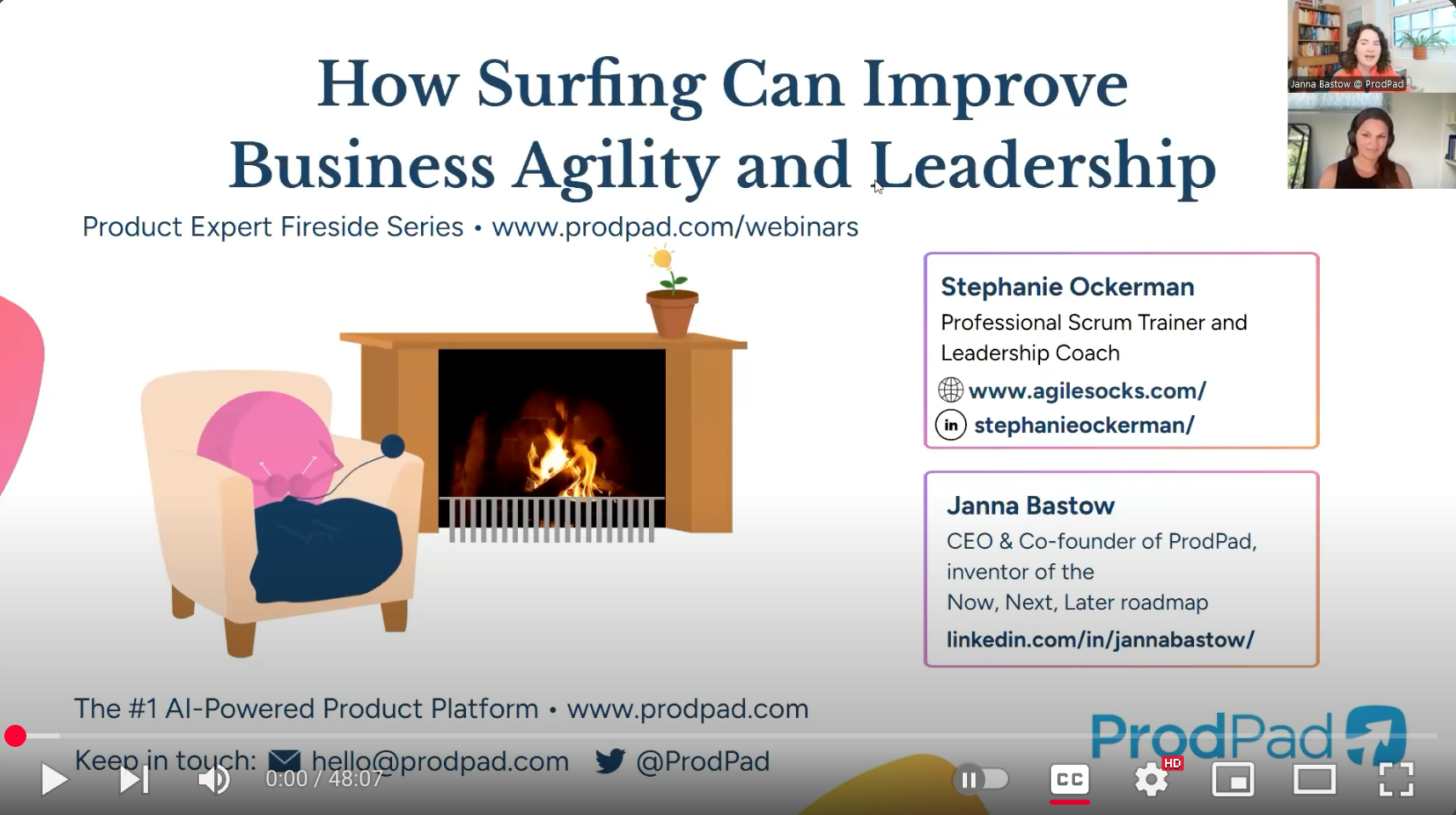
Joshua Kerievsky used a wonderful metaphor in his keynote about Modern Agile at the Agile2016 conference. He shared the story of teaching his daughter to ride a bike. Joshua stated and demonstrated through a home video that training wheels are not the place to start.
I wasn’t. But apparently this used to be a thing. And for good reason.
I sat in a room with 2,500 people watching a little girl struggle trying to rapidly pedal a bike while it wobbled violently back and forth against its training wheels. Then Joshua switched to a clip of his own daughter on a bike without training wheels. She wasn’t worried about pedaling at all. She lifted her feet out to the sides as she pushed off and propelled forward, her attention focused on balancing on the bike.
I love this metaphor because it illustrates the why behind my teaching style and coaching style.
It provides the boundaries needed to maximize self-organization and limit risk. Yes, there are some rules to follow (this creates the bounded environment), but there is not a recipe or set of steps you must enact to be successful. That is because this stuff is hard, and we live in a complex world. I wish it were simpler, but where is the fun in that?
Scrum enables teams to learn how to balance. How each team achieves balance will look different.
When I teach Scrum courses, people sometimes come in with misunderstandings about Scrum.
They want to know why Scrum isn’t working for them. They were told there is a “right” way to facilitate a Daily Scrum. They want to know the “best” way to refine the Product Backlog. They want to know when they are supposed to do architecture and design activities.
Maybe they were taught Scrum incorrectly. Maybe they have seen Scrum Teams operate, but they didn’t know what was actually part of the Scrum framework or where the intentions and values of Scrum may have been missing.
There are many practices out there to enable agility. There are many practices that are complementary to Scrum. Teams must find their own balance. The boundaries of the Scrum framework exist to help teams their find balance.
This also means that just like a parent does with their child, we have to let the team go out and try.
Have we as Managers, as Coaches, as Scrum Masters, created a safe environment for experimentation? They aren’t going to accidentally ride into traffic. The team will not spend months building something that doesn’t work or doesn’t meet the customer needs. The team has not been committed to a set scope by a certain date. If they fall, will they look at it as a step in their learning journey, get back on the bike, and try again?
Have we as Managers, as Coaches, as Scrum Masters, given the team what they need to get started? This likely includes training, tools for improving quality and communication, a work space conducive to collaboration and visual work management.
Have we as Managers, as Coaches, as Scrum Masters, given the team our full support? If they fall off the bike, are we going to punish them? Or are we going to help them see what went wrong? Are we going to trust that they are doing their best and make sure they know we believe in them? Are we going to be hands-off enough that they learn to navigate their own balance and won’t need us to always be present?



AGILE SOCKS is a registered trademark of Agile Socks LLC. Other marks used herein are the property of their respective owners. For more information see Trademark Notice in Terms & Conditions.